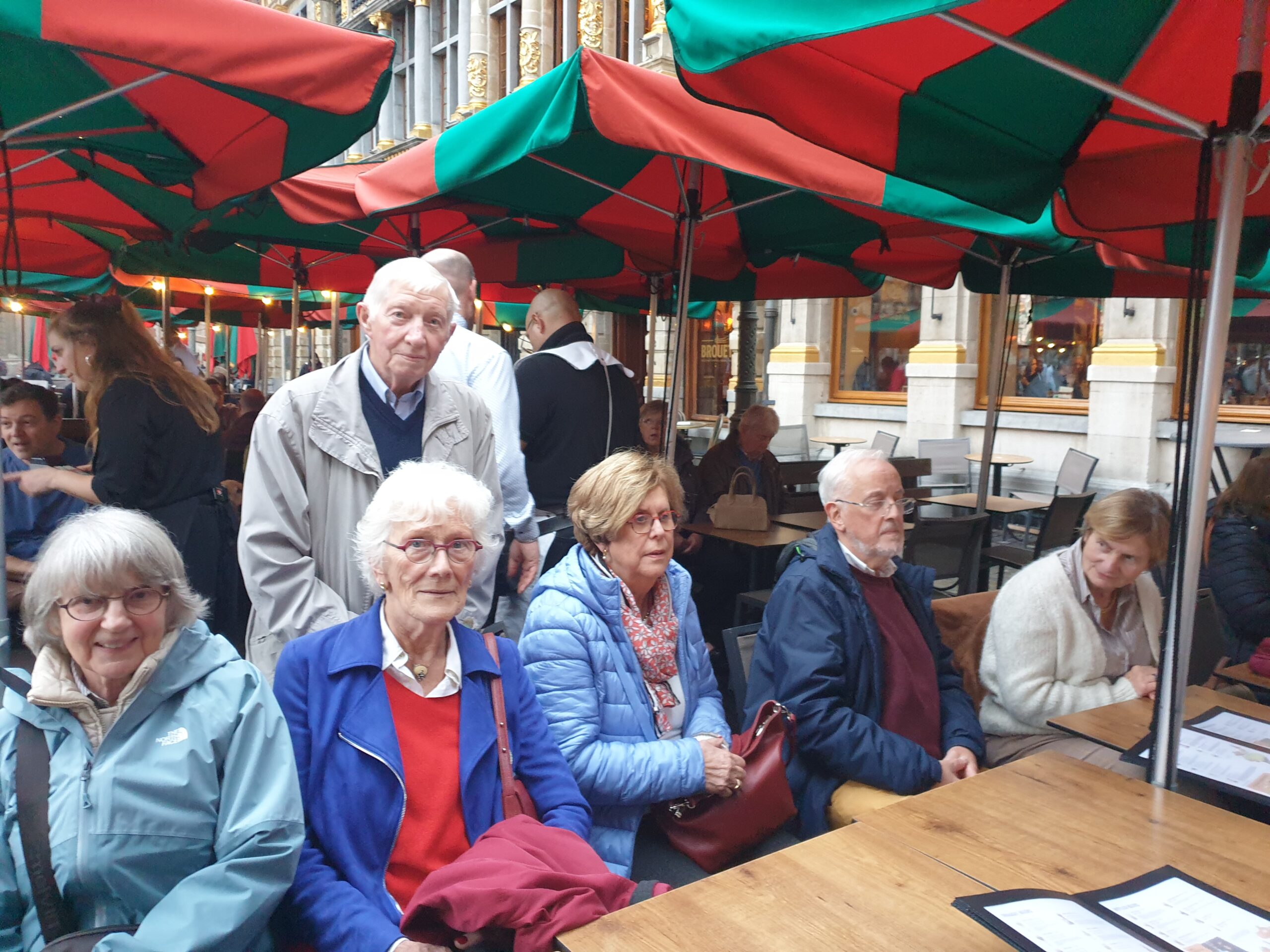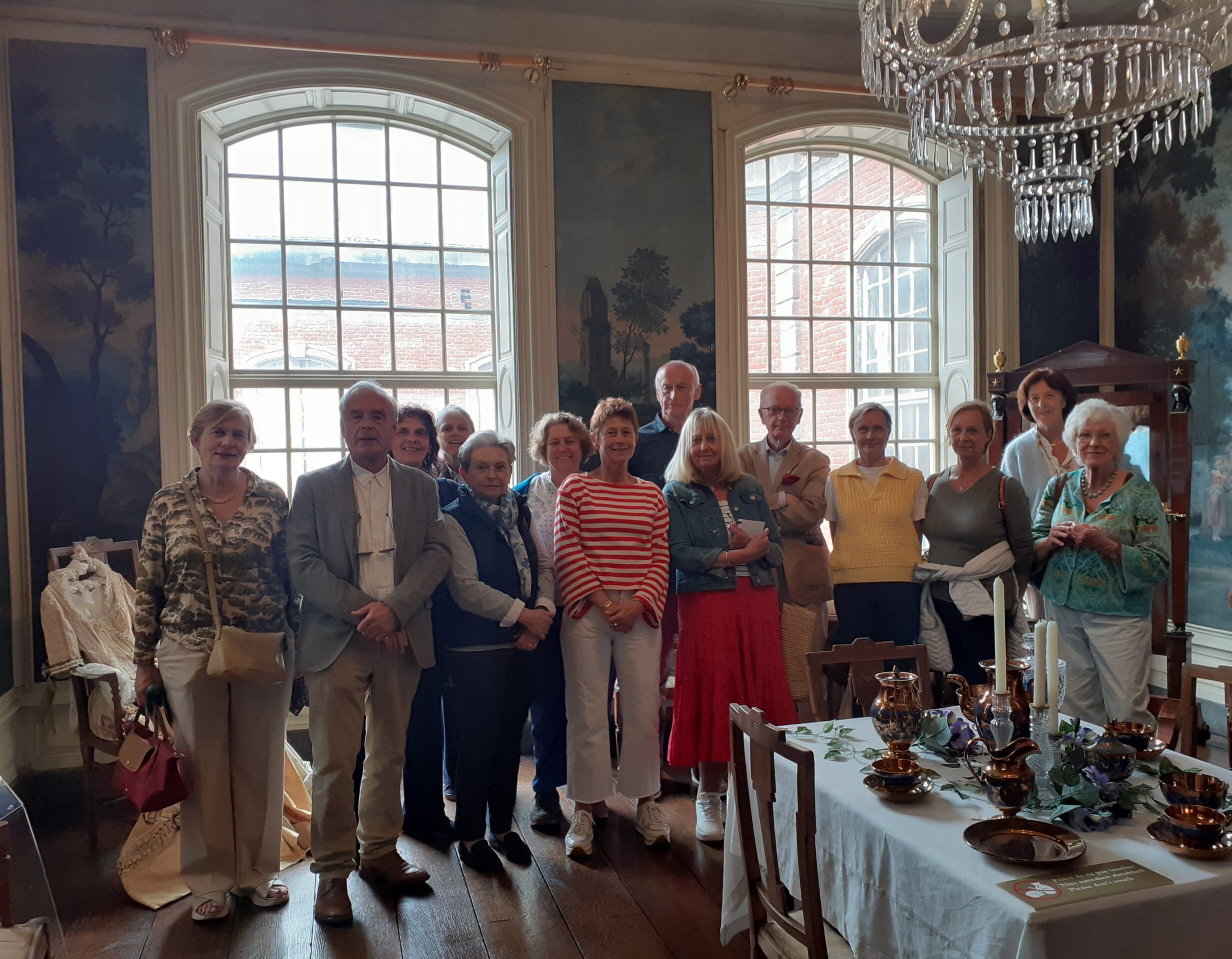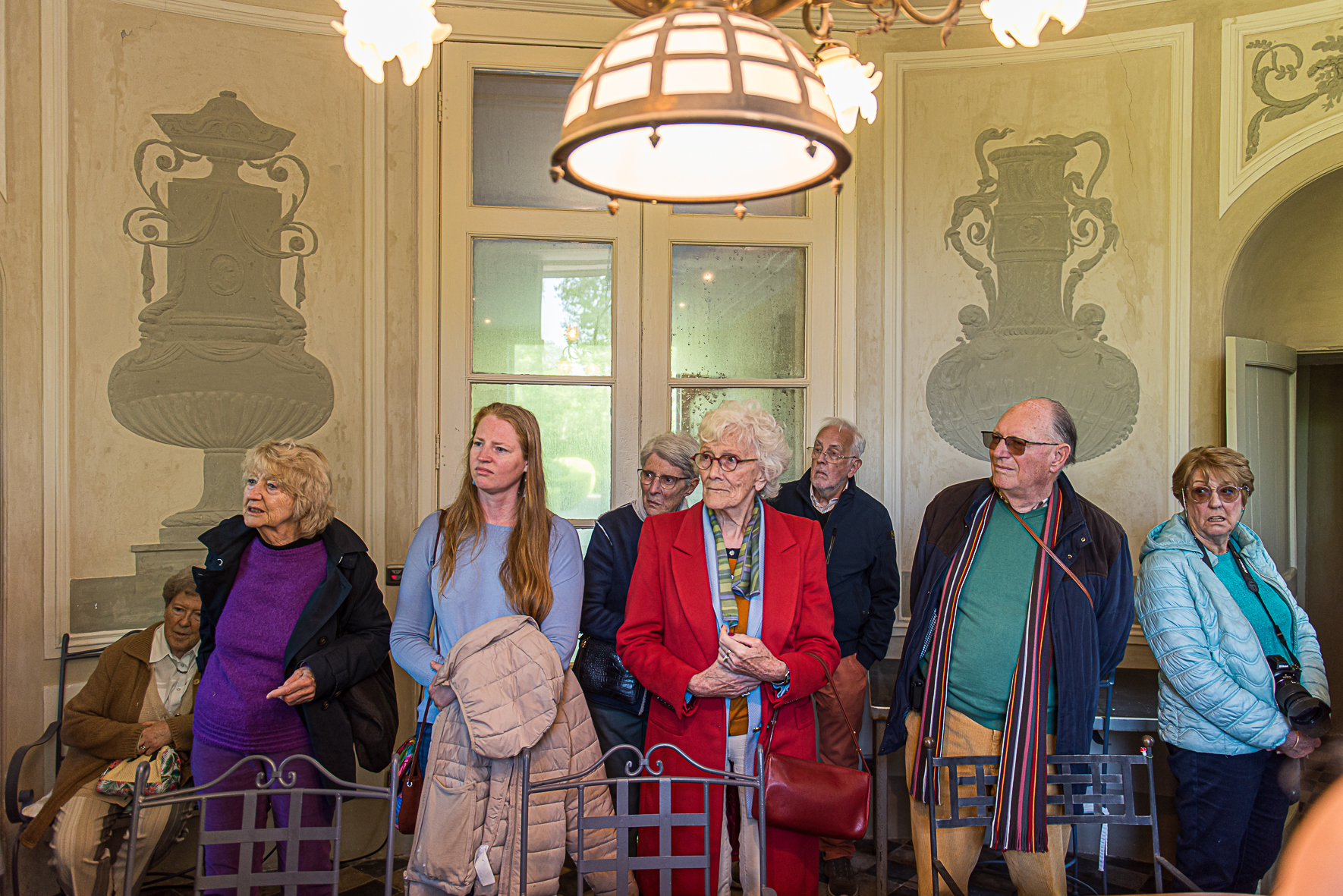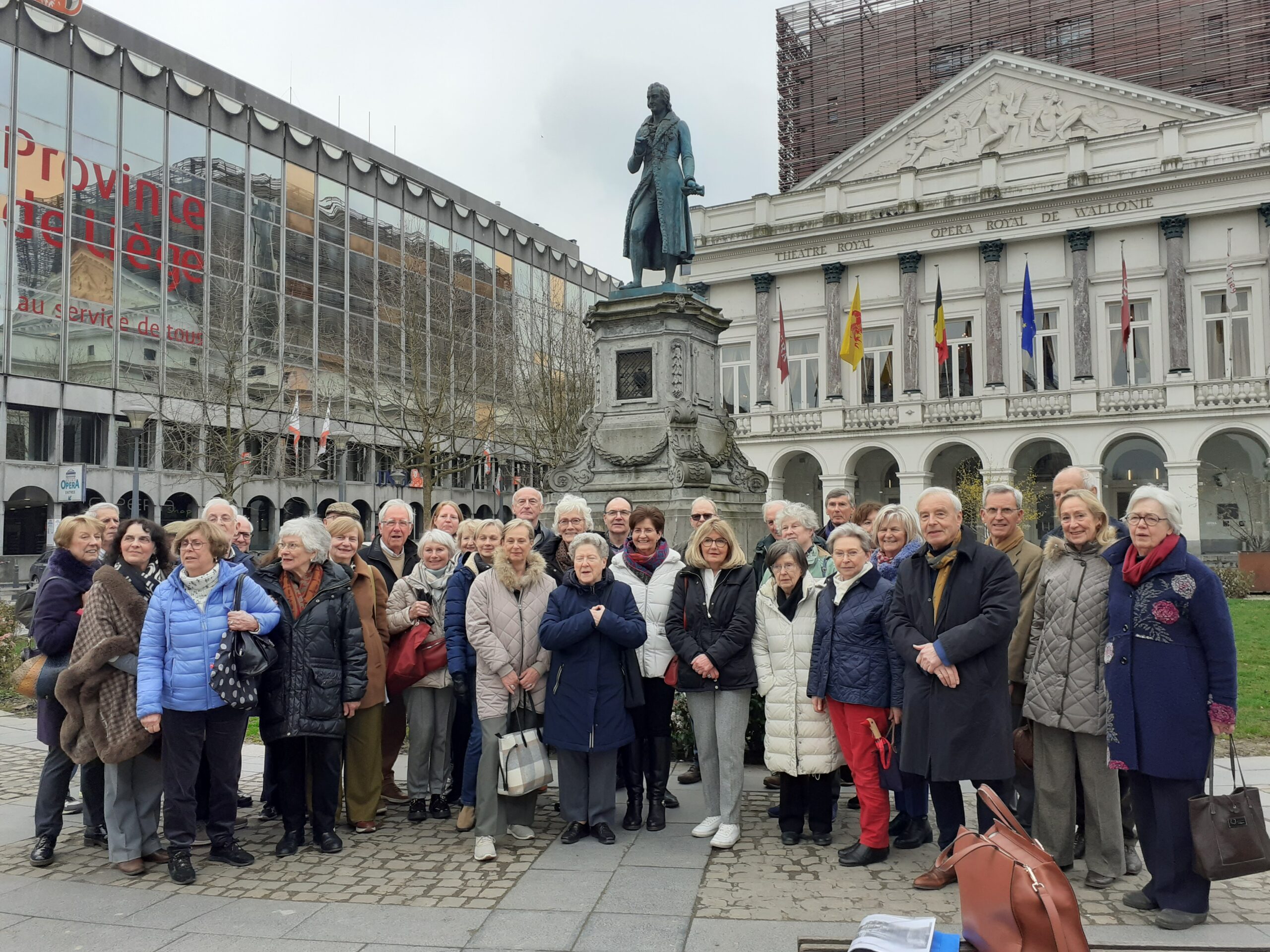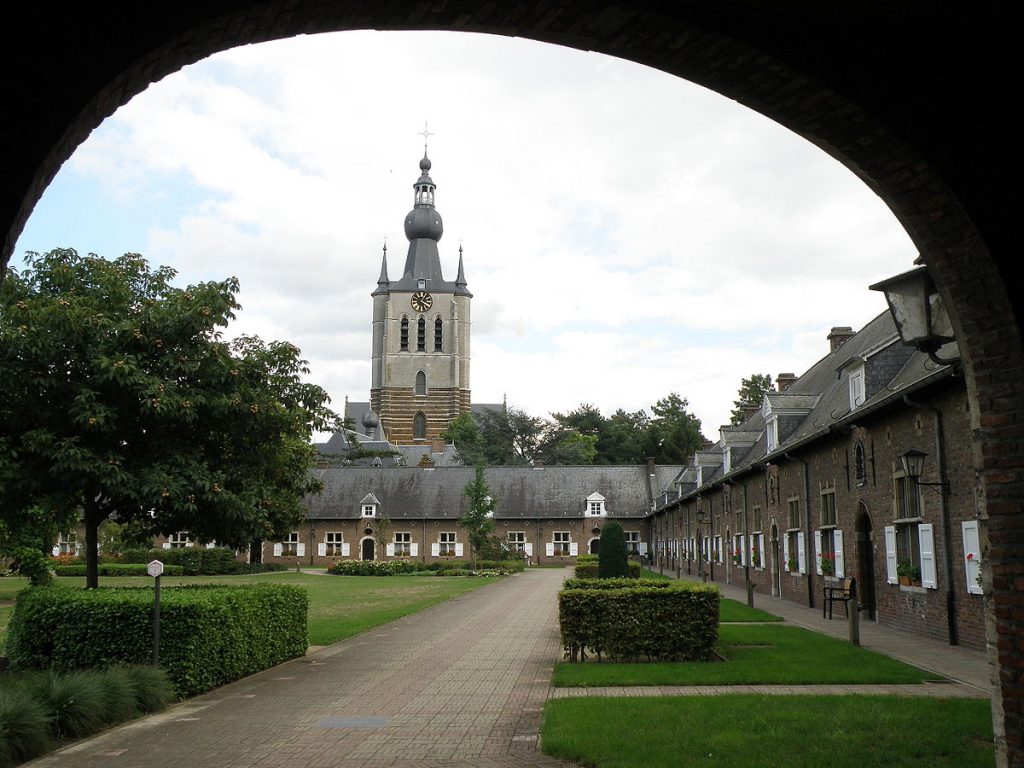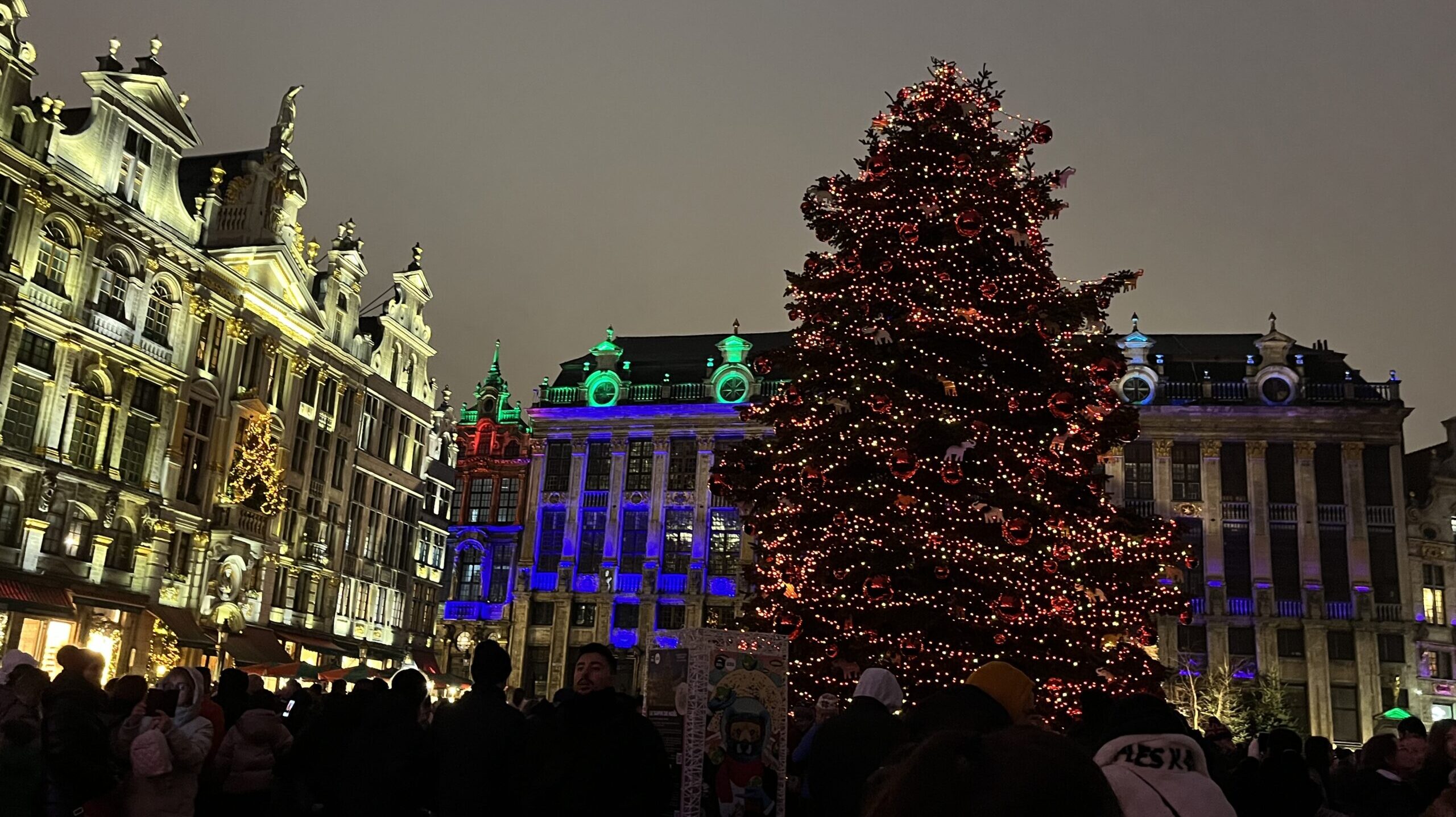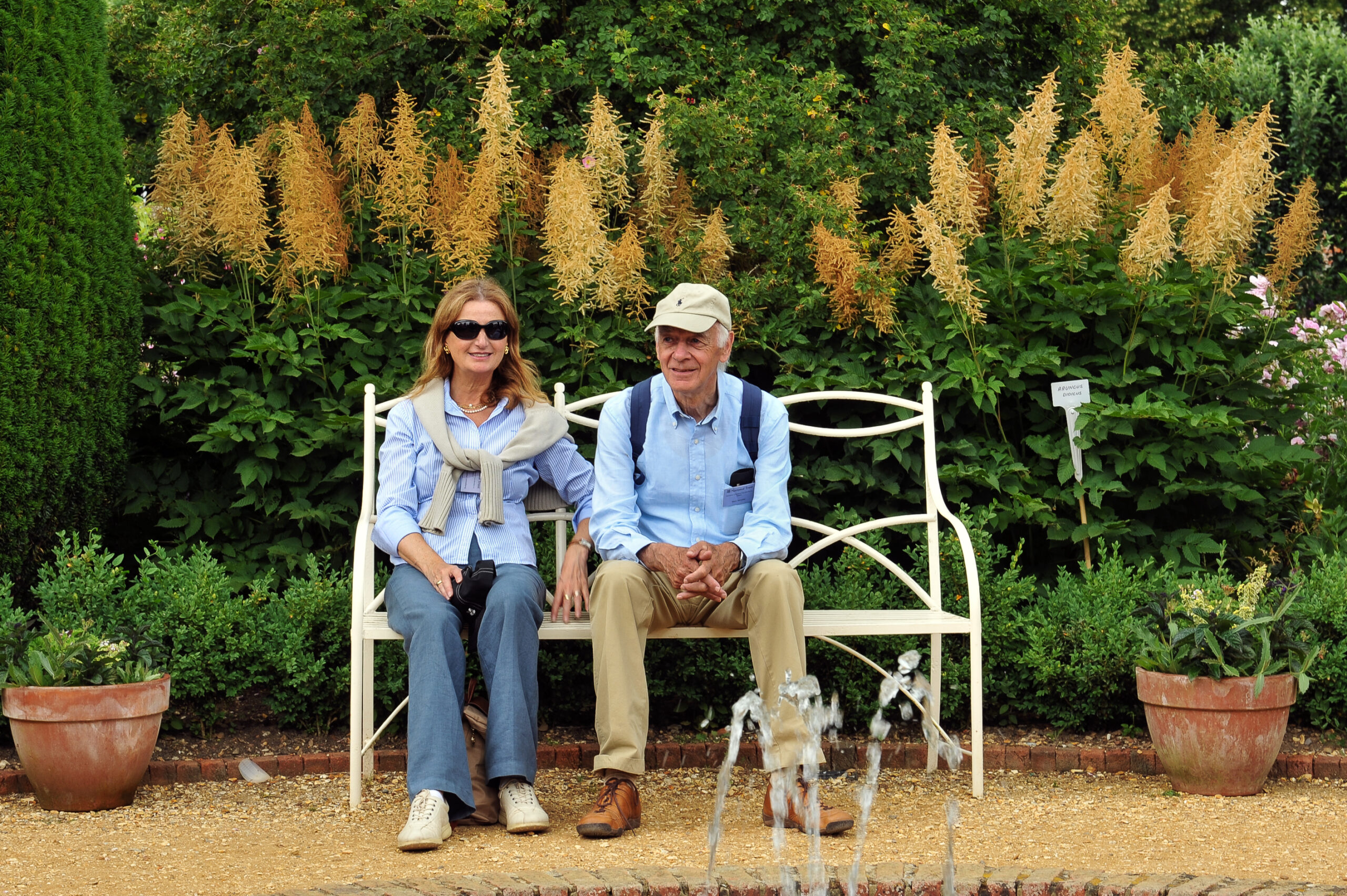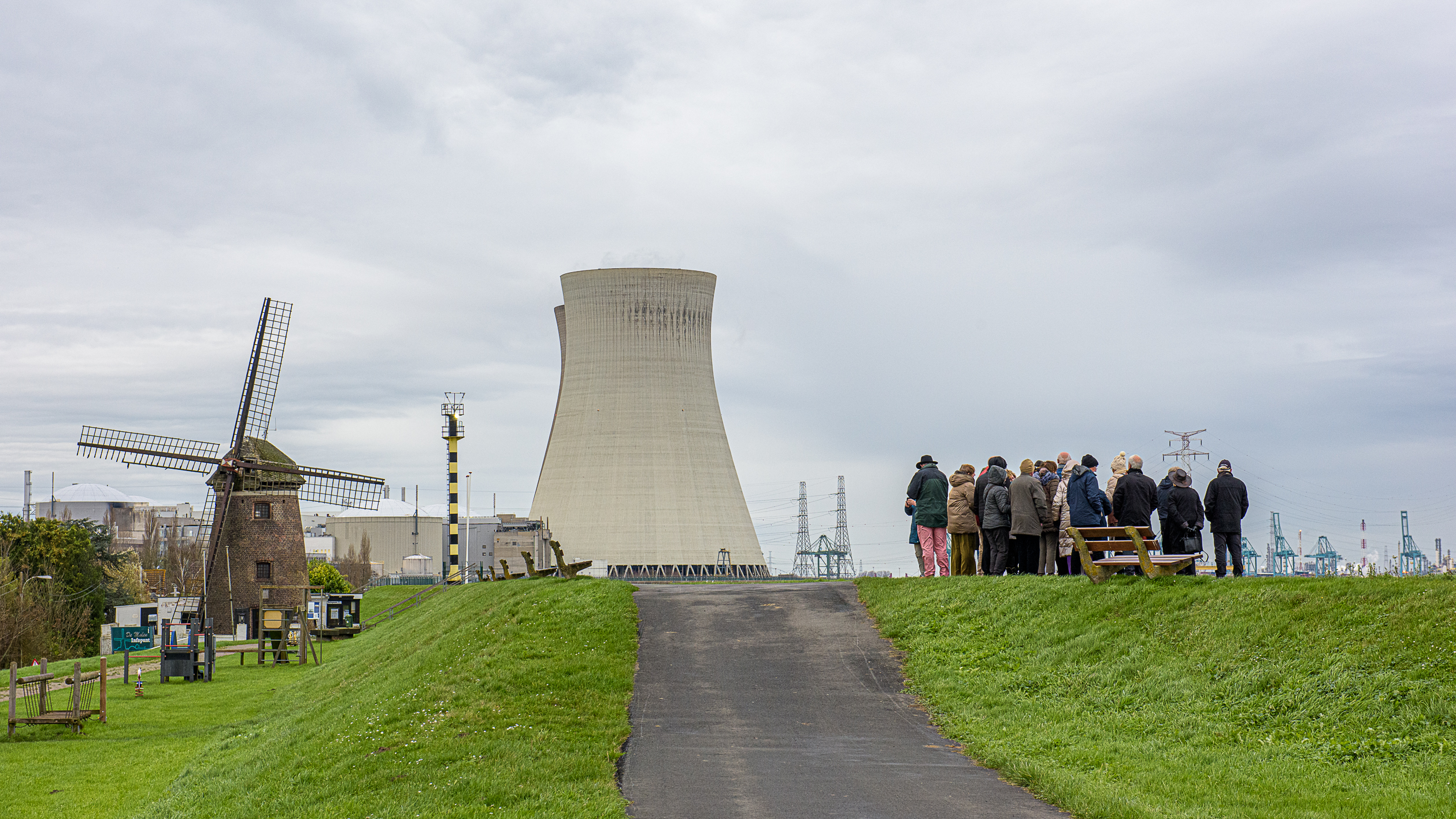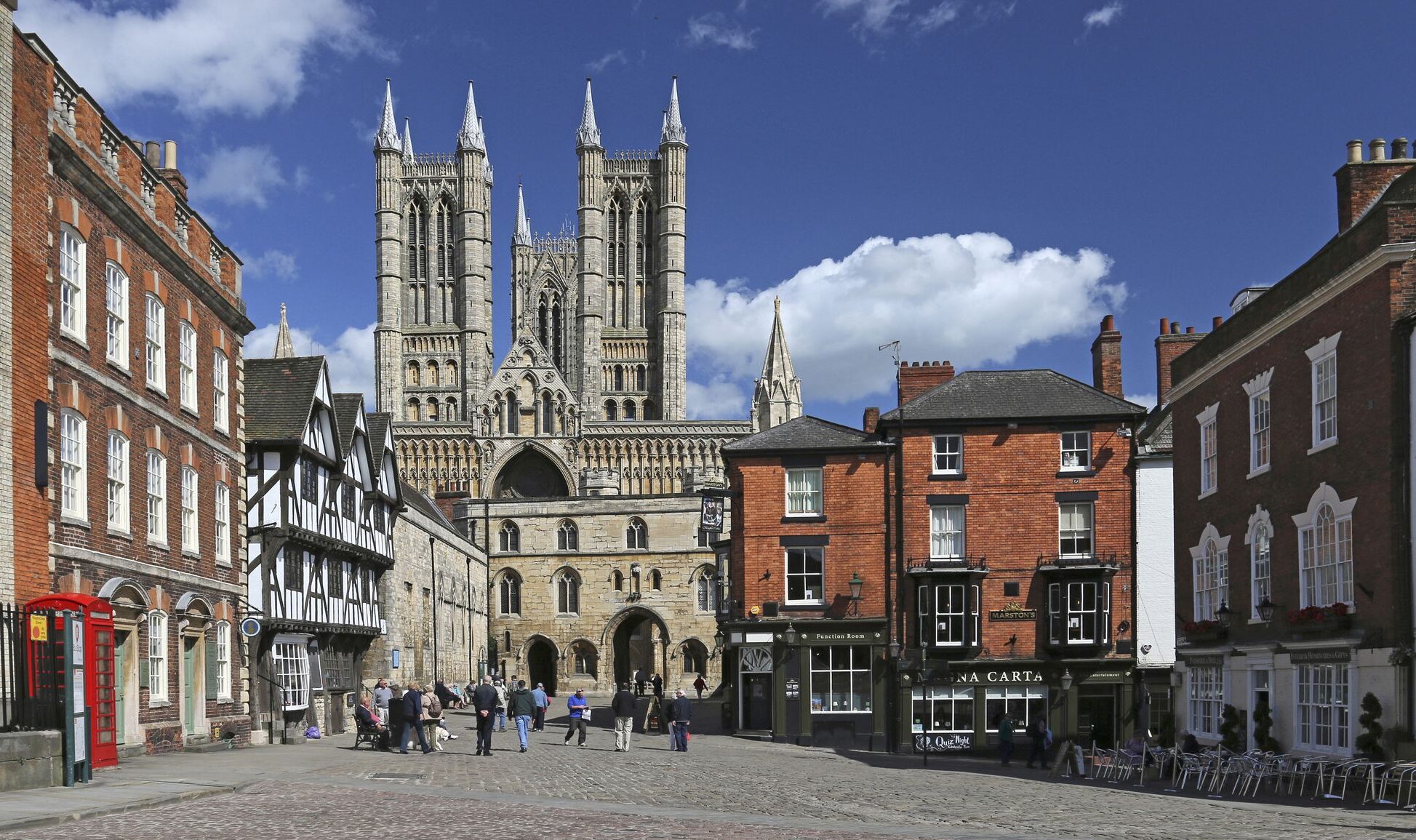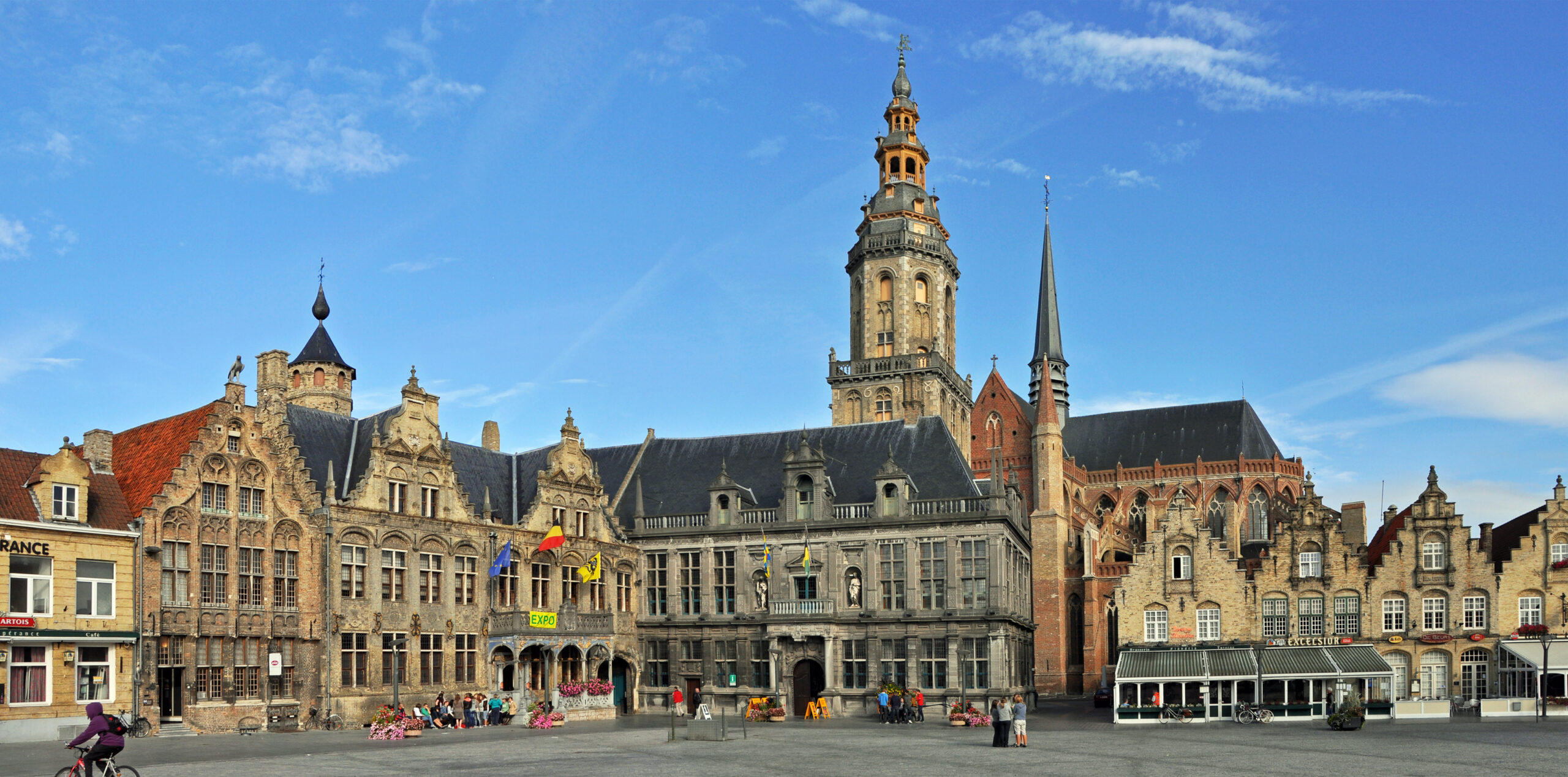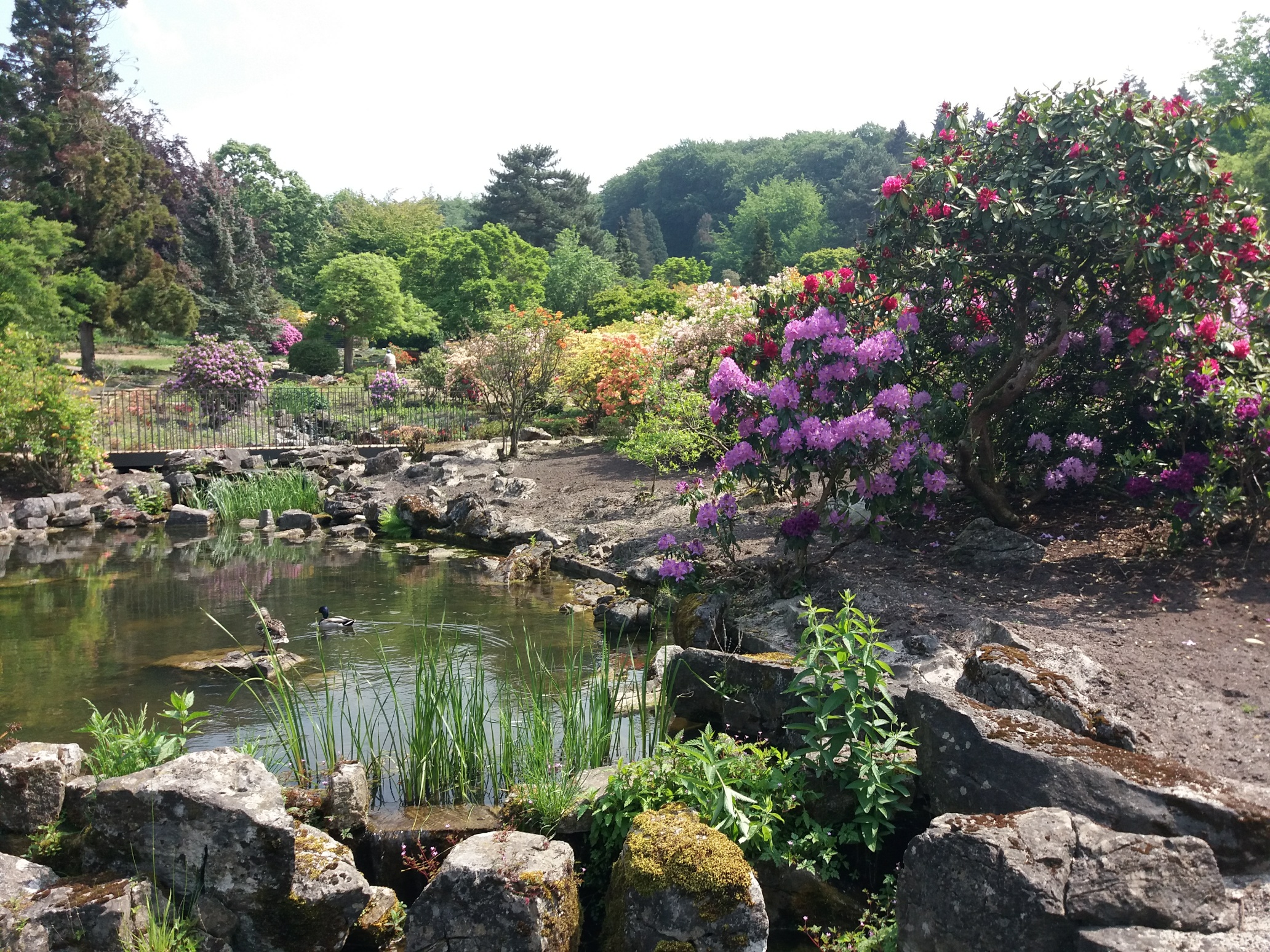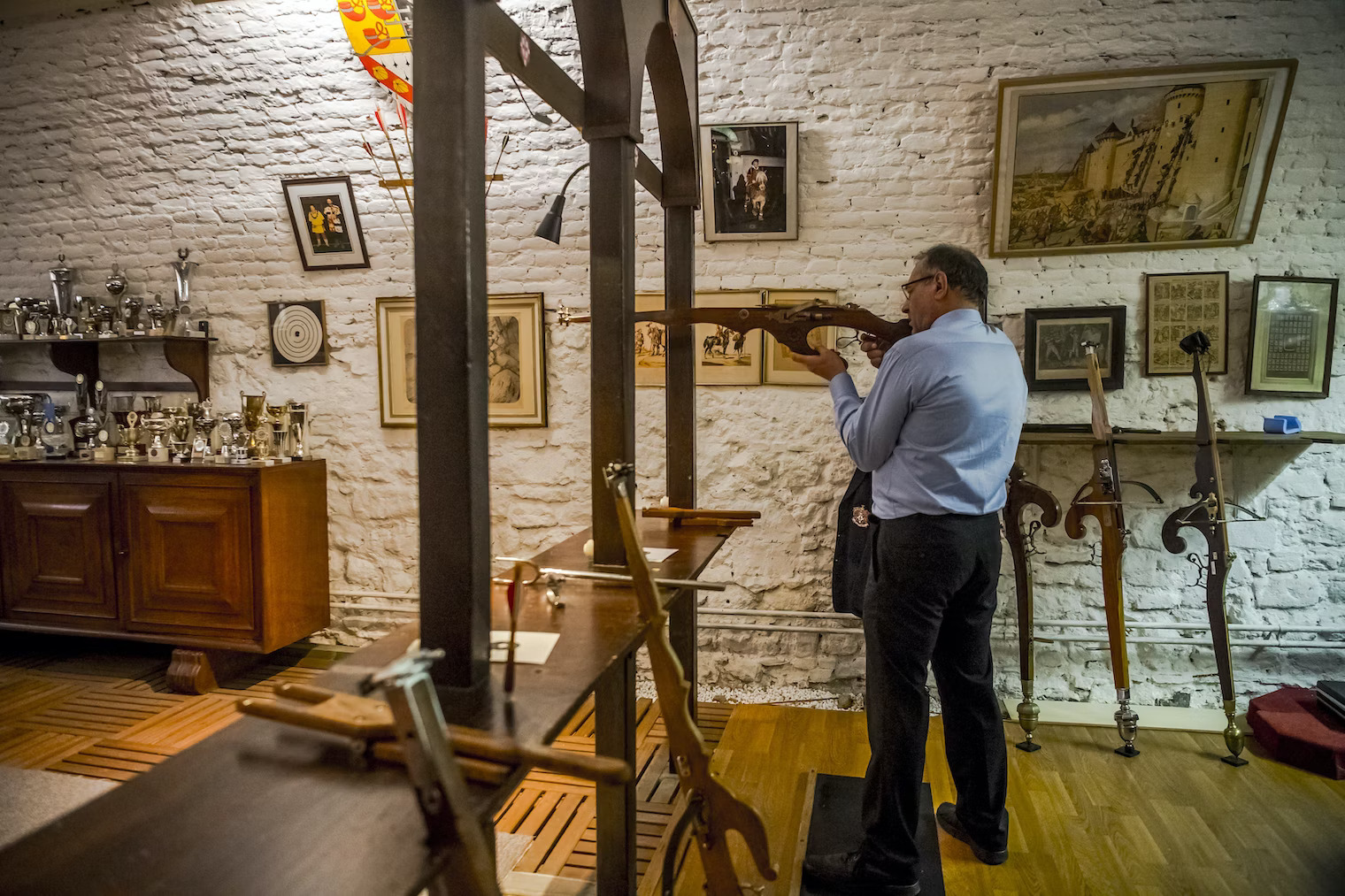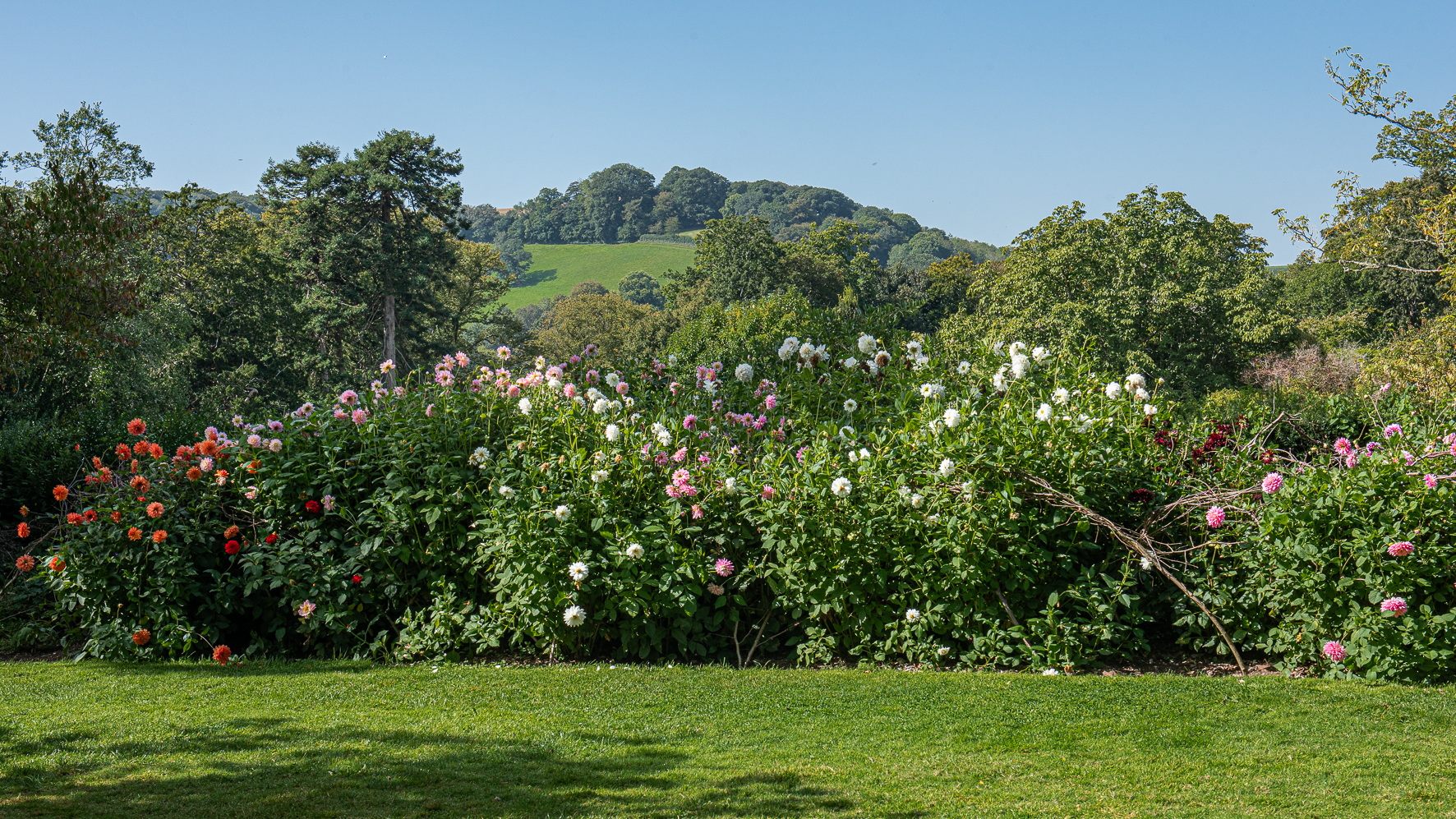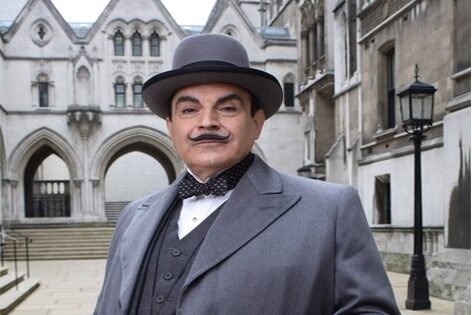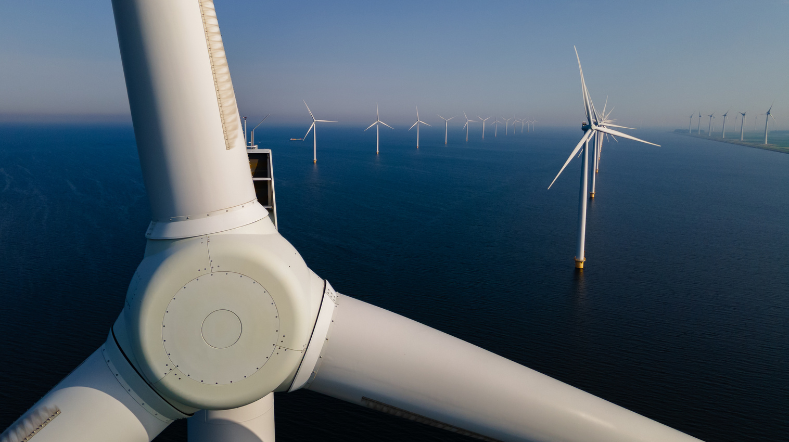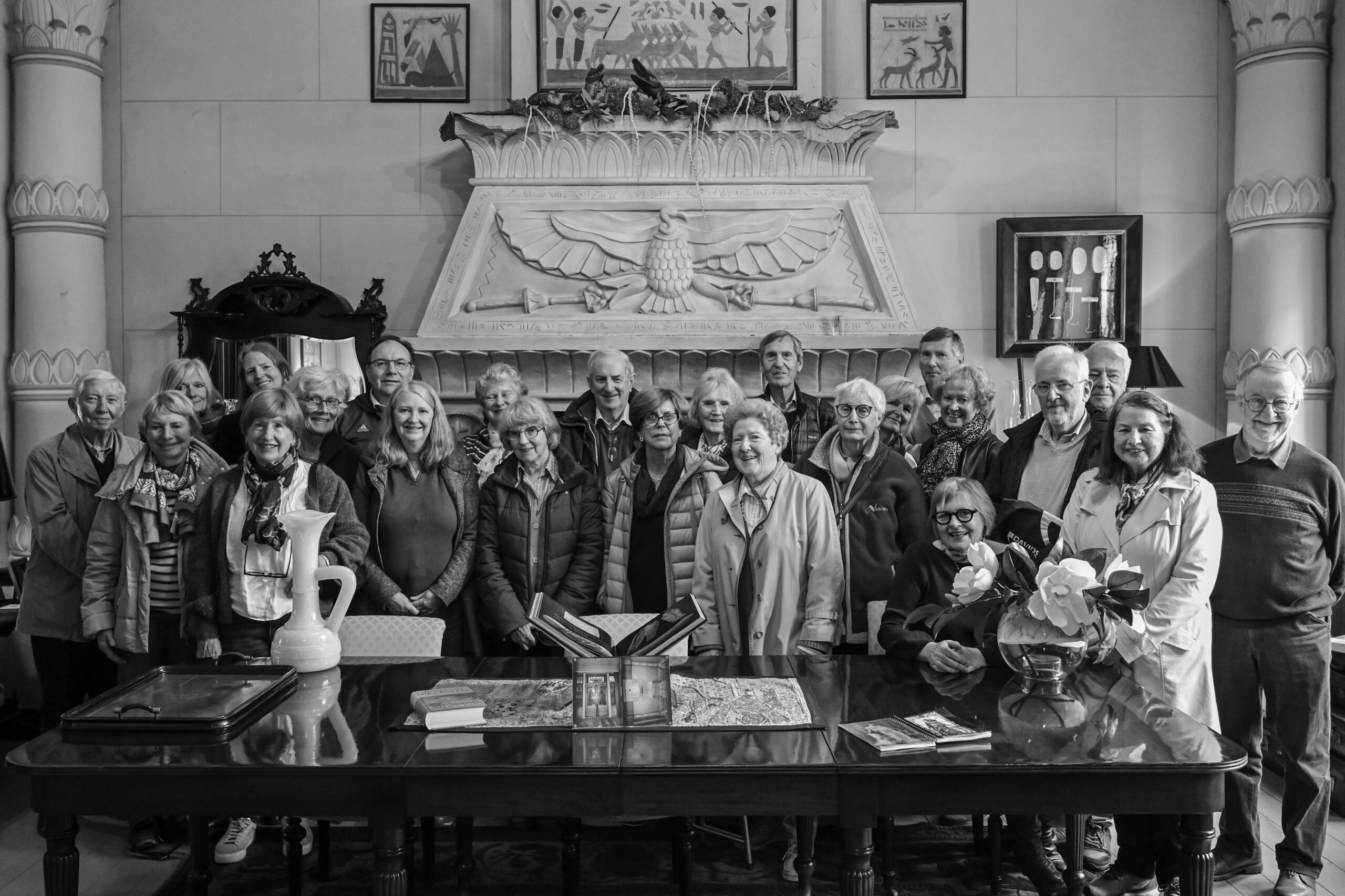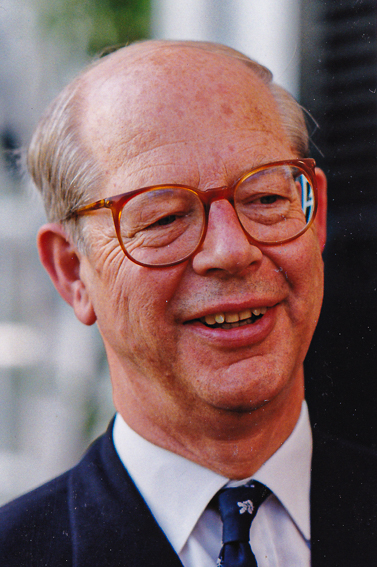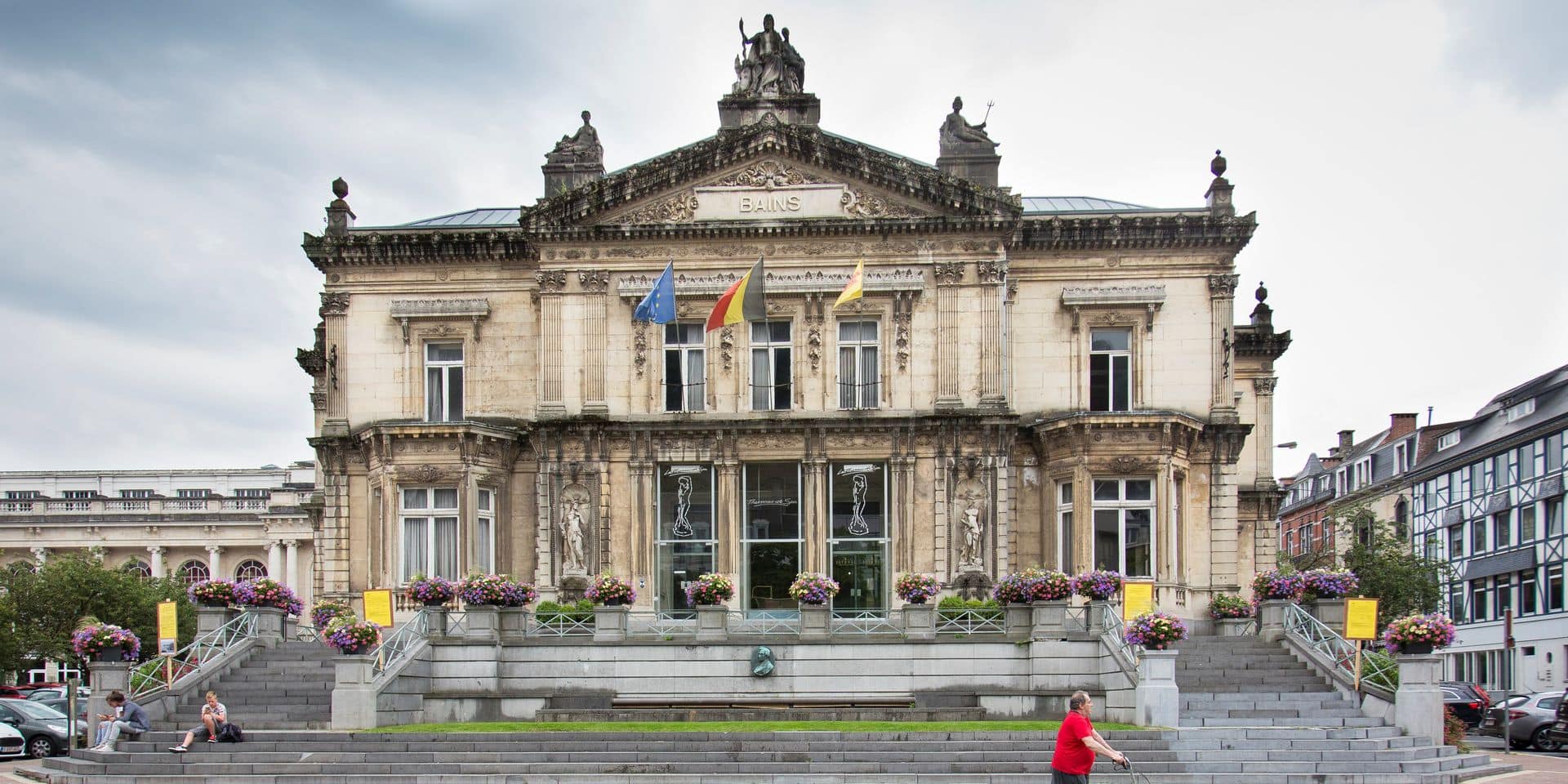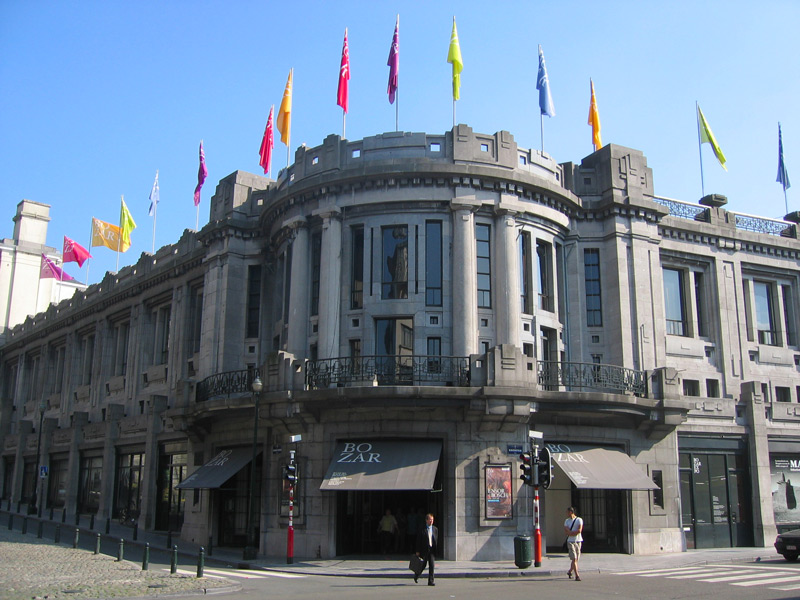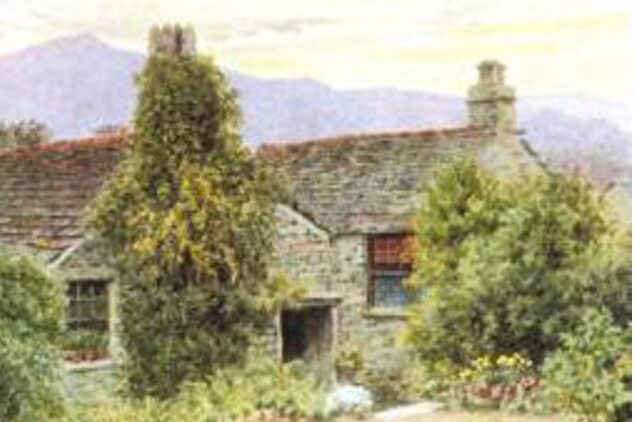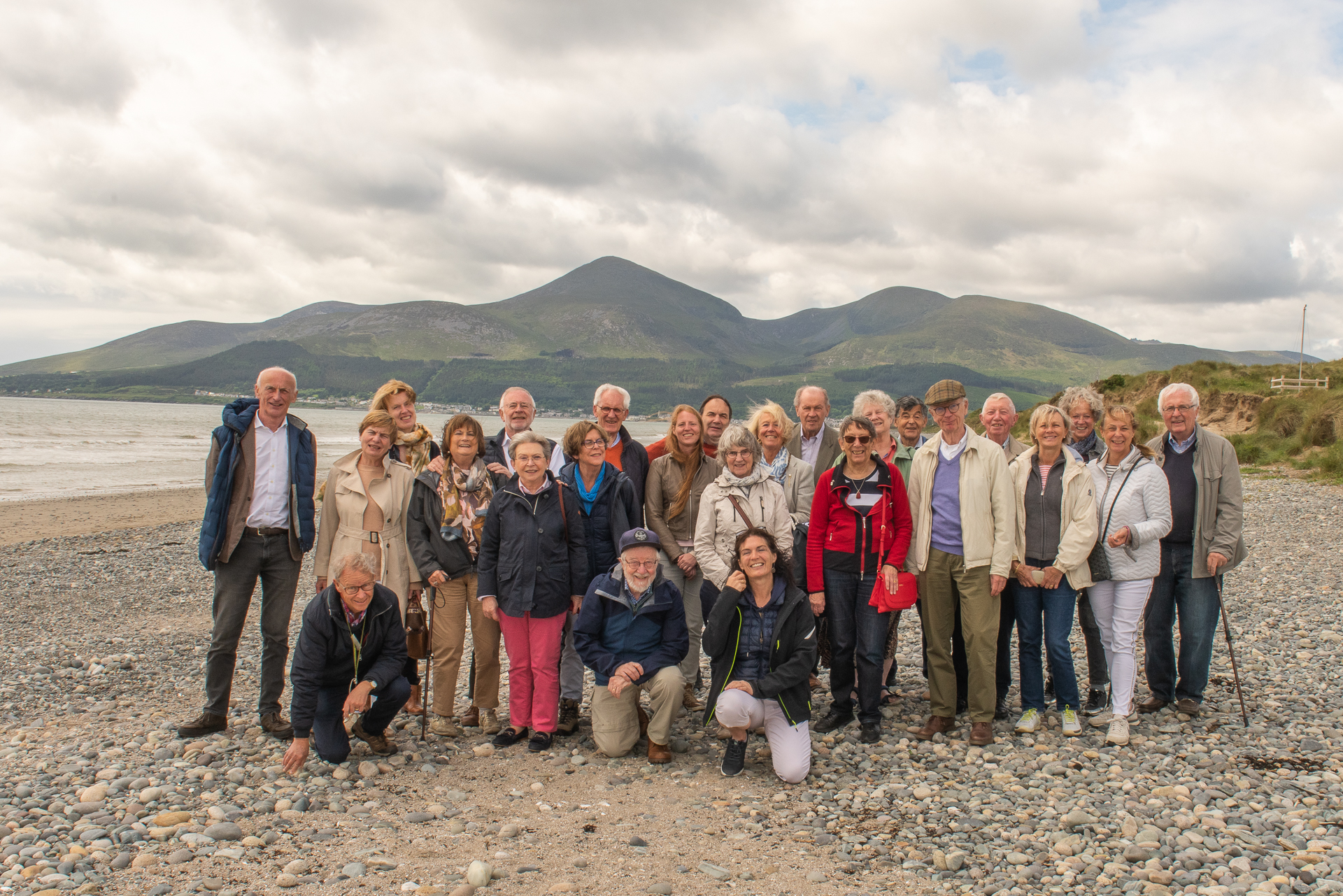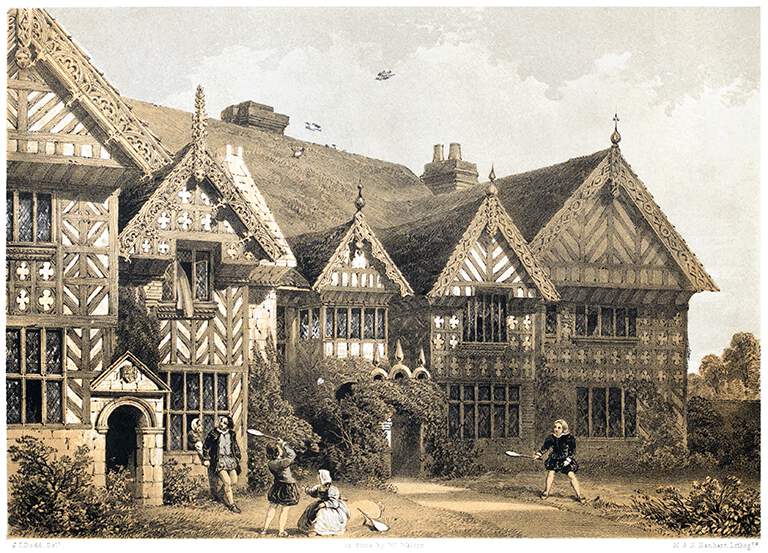Mahymobiles and the Castle of Attre
by Nick Fern
Behind the walls of a nondescript and seemingly abandoned factory in Leuze is a wonderful museum of the history of road transport. Here we started a most enjoyable day out, with coffee, before being taken by two guides through a part of this enormous private collection of vehicles, mainly cars showing the evolution in style, technology and comfort of the transport we use daily.
There are original motorised carriages, one owned by the last of the Russian Czars, looking like a little mobile palace with a fuel economy of around 45 litres per 100Km, for a country with no roads as we know them outside a few big towns This was a time when long-life tyres were not even a dream and you carried fuel and spares with you, with the hope that your driver would be able to get the car (and you) to your destination.
Our excellent guides took us on a 150 year transport history, with cars illustrating technical and social changes. A snippet was the reason why one could buy the original Ford (Model T) in any colour provided it was the standard black. Paints were varnish based and took at least a week to dry so colour didn’t become commercially viable until solvent based paints, that dried overnight, were produced by Dupont.
Interesting too was the rise and fall of local production, with most countries having indigenous producers well protected by tariffs resulting in a relatively large cross border flow of top-of-the-line chassis and motors with the body work locally made. However, the heavy import duties and protection so provided destroyed local progress, thus one of the best constructed Belgian marques, Minerva, beautifully made, ceased to match demand for up to date comfort and style, so vanished from the market.
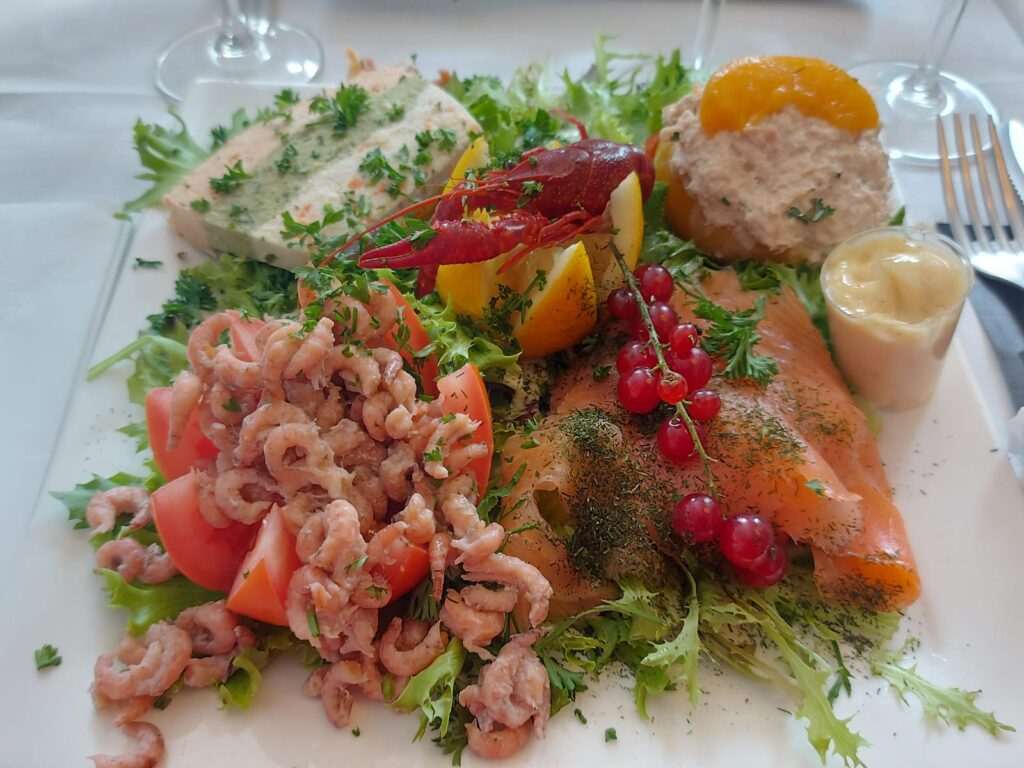
After an excellent lunch in Leuze we reassembled at the Castle of Attre for a guided tour of the chateau. Our charming guide told us about the family and the building and its contents. Asked about its survival through the two wars of the last century, we were told that during the first war, the family claimed to be Spanish, flew the neutral Spanish flag and was left untouched, while through the second war, the local German general was a nobleman, and noblesse oblige, ensured that the castle remained untouched. Now it is a culturally protected building and park, with external work supported by the region, but not that inside, where change is forbidden but preservation remains at the owners costs.
Afterwards most of us followed the trail through the park, which includes a dovecote with nest niches for over a thousand pairs of pigeons.
A grand day out with two totally different visits in a relatively unknown part of Belgium.

